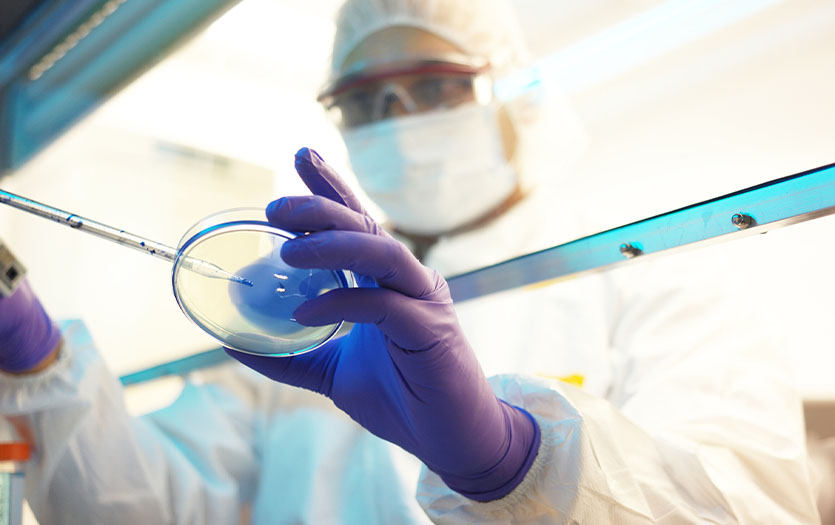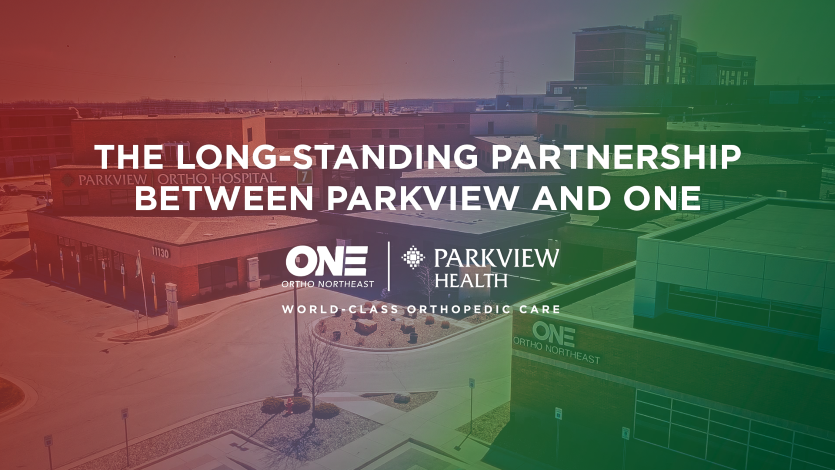
This post was written by Stephania Turkette, MLS(ASCP)CM, SM(ASCP), laboratory manager, Parkview Health.
When your doctor orders a "culture," they're not sending your sample off to learn about fine art or world-class wines. They're sending your specimen to the laboratory to see what bacteria or fungi are responsible for your illness. But if you've ever waited more than a day for your test results, you might wonder why it takes so long.
What is a culture?
A culture is a laboratory method used to detect and identify microorganisms like bacteria, fungi or yeast in your body. It's one of the most common diagnostic tools used in hospitals and clinics. This is how it works:
-
A member of your care team collects samples through a blood draw, a swab from a wound or injury, a throat swab or a small stool sample. Almost any substance can be cultured.
-
The laboratory scientist places the sample on a dish of nutrient-rich material called agar, which helps microbes grow.
-
The sample is incubated under tightly controlled conditions to allow any potential pathogens to multiply and grow.
-
Once growth appears on the agar plates, trained laboratory scientists examine it and run further tests to identify the exact organism and figure out what treatments, antibiotics or antifungals will work.
Why does it take so long?
Simply put, microbes take time to grow. Here's what is happening behind the scenes:
Incubation - Most bacteria take 24-48 hours to grow to visible levels. Fungi and slow-growing bacteria can take days or even weeks to appear.
Identification - Once something grows, the lab runs more testing to figure out what it is. These tests can take another day or two, depending on the organism. This process may involve:
-
Looking at the organisms under a microscope after staining them for better visibility.
-
Exposing the organism to certain chemicals to determine how it grows and what characteristics it possesses.
-
Some bacteria smell like grapes, while others can destroy red blood cells–these are all important things that help scientists identify the organism.
-
-
Using molecular tests to examine the DNA of the organism, such as PCR (polymerase chain reaction).
Antibiotic sensitivity testing - If the organism is a bacterium, the lab will test it against different antibiotics to determine which one will be most effective. Antibiotics are designed to work against specific organisms, and often only in certain areas of the body. This testing adds another 24-28 hours.
The total time forthese steps can be 2-5 days, or longer if it is a very complex case.
Why not just use faster tests?
There are rapid tests, like some PCR or antigen tests, but they come with trade-offs:
-
They may only detect specific organisms, while cultures can detect a wide range of organisms.
-
They do not provide antibiotic sensitivity data.
-
They can be very expensive or not available for that type of sample.
Despite a longer turnaround time, culture remains the gold standard of testing for many infections because it is thorough, relatively inexpensive, and gives your doctors the clearest overall picture of what is happening with an infection.
What can I do while I wait for my results?
In the meantime, patients can take several steps to support their recovery while waiting for results.
-
Follow your doctor's instructions and take only prescribed or discussed medications.
-
Don't ask for antibiotics "just in case." If your infection is viral or the wrong antibioticyou take the wrong antibiotic, it for your infection, they won't help.
-
Practice good hygiene to avoid passing any pathogens along to others or spreading them on your own body.
-
Be patient. Your body and the lab are working hard to help you heal and get better.
-
Contact your doctor if symptoms worsen.
Culture tests may seem slow, but they're essential to making sure you get the right treatment. In a world of fast everything, it's easy to forget that sometimes, good science still needs a little time and a warm incubator.
To learn more about Parkview's laboratory services, visit us here.



